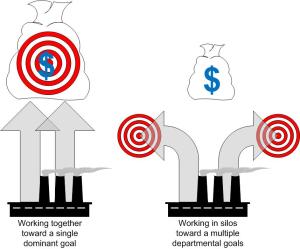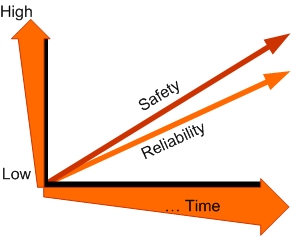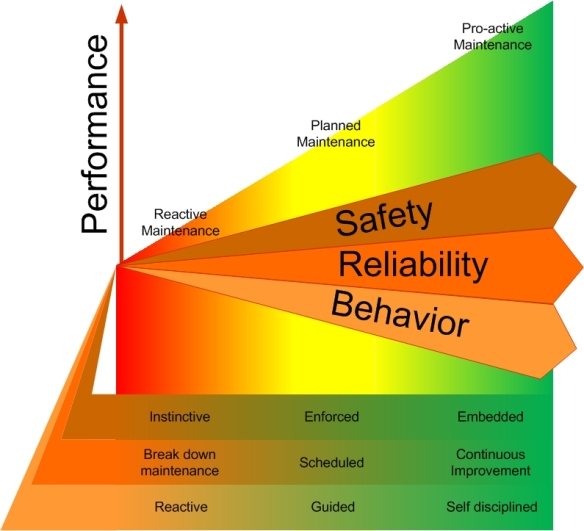
There I am sharing, presenting in a Maintenance Conference in Qatar.
Reading a great article from Ron Moore got me thinking about why sharing is so important in Asset Management, Maintenance and Reliability. Not only is it important, it is also a very powerful tool to improve beyond our wildest dreams. One man’s failure can be the next man’s success story.
Sharing experiences, going to different companies, viewing how various industries approach maintenance, going to conferences to learn from many presenters and also making new contacts from other companies that one day might hold the answer you are looking for: all this is the power of sharing and we could name even more.
In Iceland I was a part of a great group of people who founded the Icelandic Maintenance Association back in 2009. Since then some great achievements have been made in Iceland, the most notable being that companies are regularly visiting each other and hosting meetings where they discuss the challenges they face and the approach that they use in solving these challenges as well as what has worked and what has not.
This is obviously a big investment for these companies, however it is paying back very quickly both in knowledge and personal relationships where people are ready, able and willing to help out in times of need.
One of the many keys to success in Asset Management, Maintenance and Reliability is sharing your knowledge to enhance other people’s knowledge and your own. I have learned through my many years in this area that I get the most when I talk and teach, it sounds reverse, and it is, but true.
This slideshow requires JavaScript.
I feel truly blessed and lucky that I chose a profession that I am passionate about, or as
Confucius said: “Choose a job you love, and you will
never have to work a day in your life.”
I would like to challenge you all to share what you know, get into contact with people in your profession and build relationships that one day might make the difference you are looking for.
Of course you are welcome to connect with me and it will be my pleasure to share my knowledge with you to improve your business.







